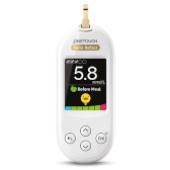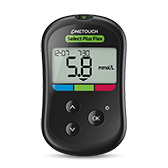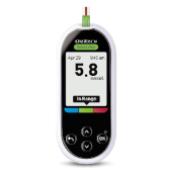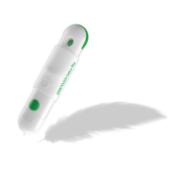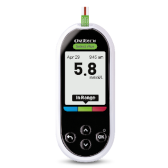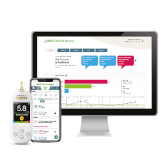Understand Different Types of Insulins and How They Work

You may have a lot of questions as you begin insulin therapy. What’s the difference between long-acting, short-acting, premixed insulin and others?
Insulin has three main characteristics:
- Onset—How quickly they work
- Peak—When they are most effective
- Duration—How long they last
The other thing to consider is timing, i.e. when the injection should be given.
Learn more about the different types of insulin available, comparing the different factors. Note that time frames are approximate:
| Type | Onset | Peak | Duration | Timing |
|---|---|---|---|---|
| Bolus insulins | ||||
| Rapid-acting analogs | About 15 min | About 1 hour | 2–4 hours | Given with 1 or more meals per day. To be given 0–15 minutes before or after meals. |
| Short (regular)-acting | About 30 min | 2–3 hours | 3–6 hours | Given with 1 or more meals per day. Should be injected 30–45 minutes before the start of the meal. |
| Basal Insulins | ||||
| Intermediate-acting | 2–4 hours | 4–12 hours | 12–18 hours | Often started once daily at bedtime. May be given once or twice daily. Not given at any time specific to meals. |
| Long-acting analogs | Several hours | N/A | Evenly up to 24 hours | Often started once daily at bedtime. May be given once or twice daily. Not given at any time specific to meals. |
| Premixed Insulins | ||||
| Premixed insulin | Varies according to type of insulin. | Contains a fixed ratio of intermediate-acting insulin to short-acting insulin; see above for time to peak action based on insulin contained. | N/A | Usually taken two or three times a day before meals. |
In a basal-bolus regimen, a diabetic person would take a combination of insulins. They would take a long-acting basal insulin once or twice daily to help maintain consistent blood sugar levels. Then, bolus insulin, a rapid-acting insulin/analog, would be taken at each meal. However, your insulin regimen will depend on your specific needs, and it can change over time. You and your healthcare team will determine what is right for you. Your insulin plan may include:
- How to take your insulin
- How often to take each type of insulin
- When to take each type
- How much to take (dose)
This information is provided for informational purposes only and should not be used for making treatment or dosage decisions. Patients should follow their doctors’ instructions for insulin treatment and dosage. Refer to the drug prescribing information for specific instructions on dosage and administration and other important safety information.
References:
Insulin Basics. http://www.diabetes.org/living-with-diabetes/treatment-and-care/medication/insulin/insulin-basics.html. Accessed July 30, 2019.
Types of Insulin for Diabetes Treatment. https://www.webmd.com/diabetes/diabetes-types-insulin. Accessed August 26, 2019.
How to manage diabetes with basal-bolus insulin therapy. https://www.medicalnewstday.com/articles/316616.php. Accessed August 26, 2019.
Related articles
US-OTB-1900034 (21-120)

